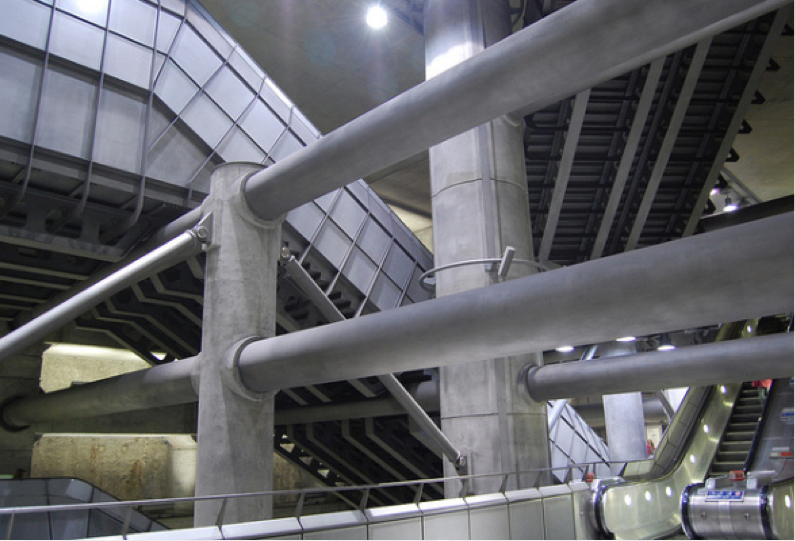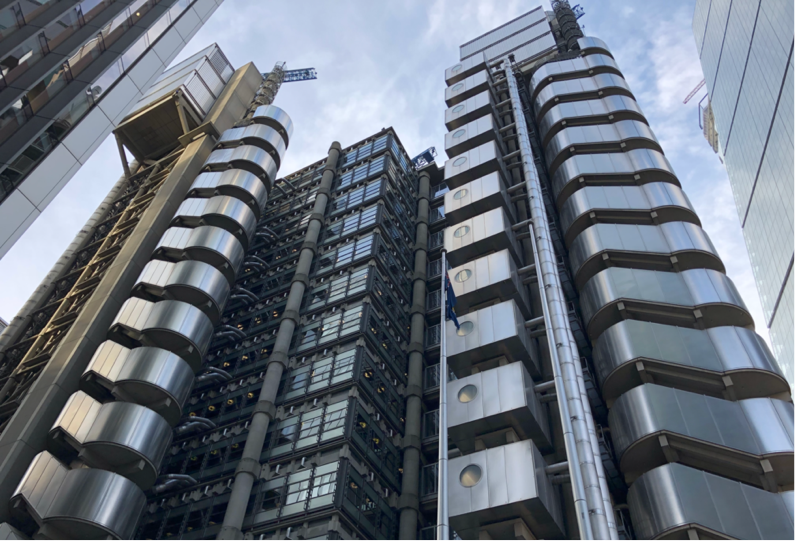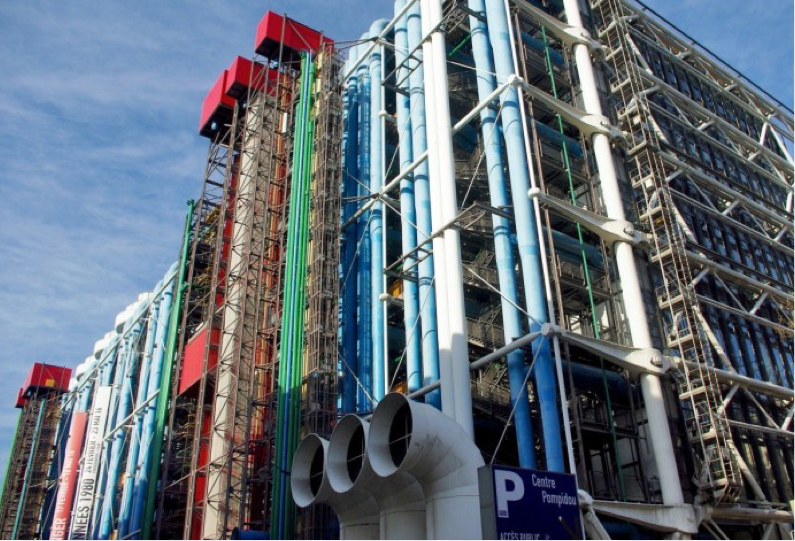Open is inspiring
There was a lot of interest in my recent blog post about how to work in the open in government. I explored some of the reasons why I think that working in the open is important. In this post I want to explore why working in the open can also be inspiring.
Inside out
When you see inside the guts of how something works, it can inspire confidence.
The London Underground is steeped in design history. I’ve been inspired by some of the more modern designs and architecture that have been added to the network in recent years. Westminster station is one such example. A significant upgrade to the station was opened in 1999 as part of the Jubilee line extension from Green Park to Stratford. Unlike most London Underground stations there are no confined tunnels or passageways. The architectural design lets you see the structural elements and the engineering that makes the space work.

I find this inspiring.
All good architecture can inspire. It can change how we think and feel about a place or a space.
Westminster station has always reminded me of the Lloyds building at the heart of London’s main financial district. Opened in 1986, this building was seen as innovative at the time. To create an uncluttered space inside, the architects placed all of the buildings core service structures, such as lifts and pipes, on the outside. It makes the parts of a building that you don’t usually see visible.
This has now become an iconic building – I remember going to visit as an art and design student back in 1997 as it was considered one of London’s leading pieces of modern architecture at the time.

Another building this always reminds me of, which does something similar, is the Centre Pompidou in Paris. This was built sometime earlier, and is the first major example of an ‘inside-out’ building in architecture. I’ve also been to this building a number of times as part of visits to Paris.

Signing your work
I was a fan of the original colourfully designed first generation iMac computers when they were launched in 1998. This was around the time I went to University to study Graphic Design, the irony being that I could only afford to buy an older second hand Macintosh Performa at the time.

The coloured, semi-transparent plastic meant that you could see right through the back of the built in monitor, into the hardware of these original iMac machines.
This was the influence on design and engineering practice of Apple founder Steve Jobs. The level of design detail in Apple products at the time was renowned, from the finish of the inside casing of the computer, to the detailed design and attention given to each individual screw and component (no matter how small or seemingly insignificant these things were).
Steve Jobs famously said that “real artists sign their work.”
I think that we can sign our work by making it visible. This is being bold enough to be seen. To put ideas out into the world, and then being willing to put our name and reputation against them.
Working in this way should help to hold both ourselves and our organisations to account, in order to do our best possible work.
Making design and engineering visible can and should be inspiring. Applied to organisations, open working practices can inspire and create a culture that, ultimately, helps create and maintain better work.
When I see this happening, or when others do this, I feel inspired.
This is my blog where I’ve been writing for 20 years. You can follow all of my posts by subscribing to this RSS feed. You can also find me on Bluesky and LinkedIn.